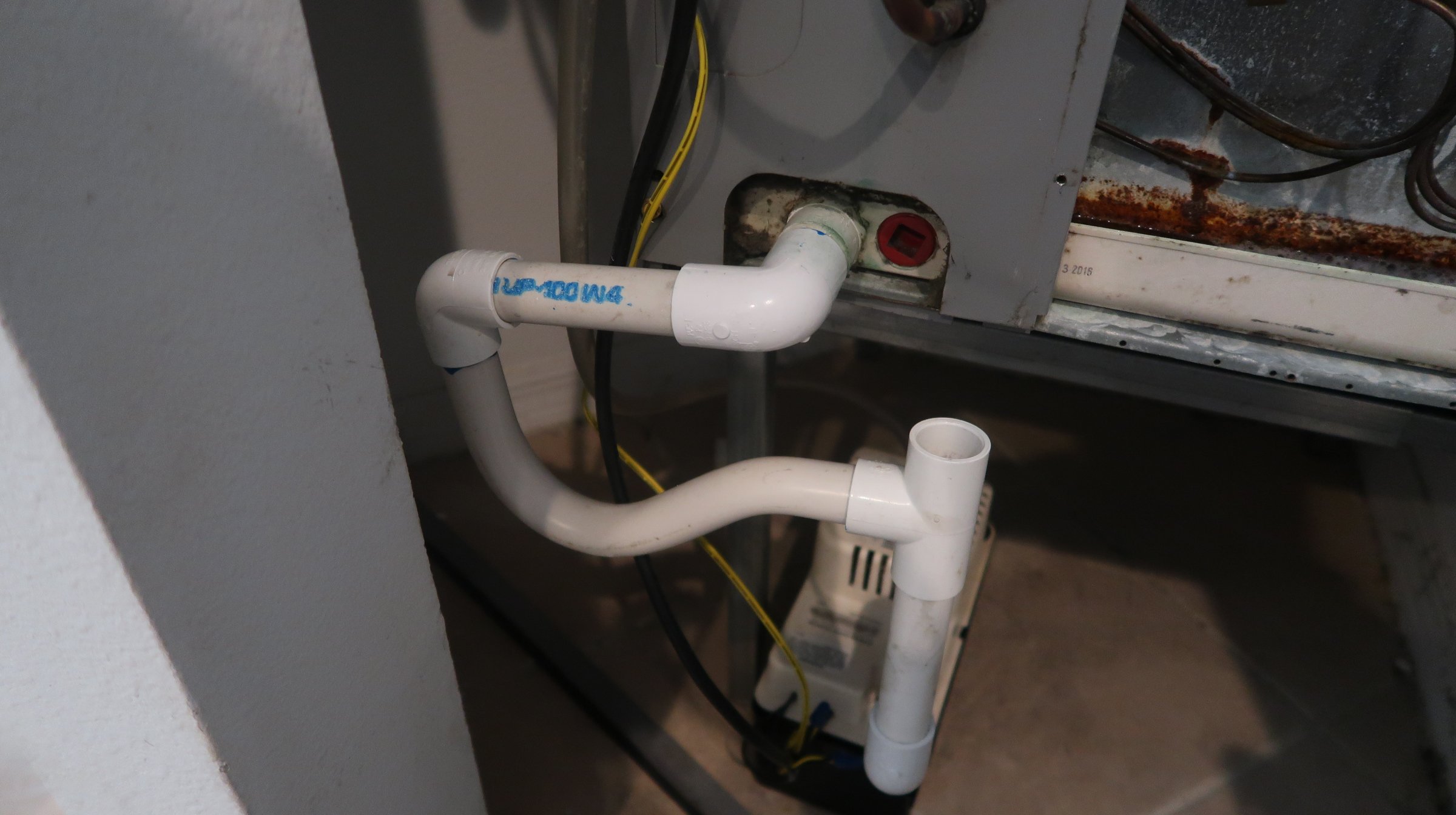Get Tech Tips
Subscribe to free tech tips.
Flash Gas

When we say that there is “flash gas” at a particular point in the system, it can either be a bad thing or a good thing, depending on where it is occurring.
Flash gas is just another term for boiling.
It is perfectly normal (and required) that refrigerant “flashes” or begins boiling directly after the metering device and as it moves through the evaporator coil. In order for the evaporator to transfer heat from the air into the refrigerant in large quantities, we leverage the “latent heat transfer of vaporization.” In other words, we transfer heat into the boiling refrigerant, or “flash gas.”
In a boiling pot of water, we create flash gas by increasing the water temperature until it hits the boiling temperature. At atmospheric pressure, that occurs at 212°F, which is the boiling or flashing point we are most familiar with.
Inside a refrigeration circuit, we get flash gas when the pressure on the liquid refrigerant drops below the temperature/pressure saturation point or if the temperature of the refrigerant increases above the same point. In other words, either a drop in pressure, an increase in temperature, or both can result in flashing or boiling.
This “flashing” can occur in the liquid line when the liquid line is long or too small and in cases with line kinks and clogged filter/driers. All of these instances result in a pressure drop and a drop in the saturation temperature.
We can prevent flashing by keeping line lengths and tight bends to a minimum, insulating the liquid line where it runs through very hot spaces, and keeping the refrigerant dry and clean with one properly sized filter/drier.
Flashing can also be prevented in most cases by maintaining the proper levels of subcooling. A typical system that has 10°+ of subcooling will not experience flashing in the liquid line under normal conditions. Setting the proper level of subcooling acts as headroom against pressure drop in the liquid line due to long line lengths.
When you walk up to a liquid line near the evaporator and hear that hissing/surging noise, or when you look in a sight glass and see bubbles, you see refrigerant at saturation, meaning it is a mix of vapor and liquid. This doesn't necessarily mean it is “flash gas” in the truest sense; it could very well be that the refrigerant was never fully condensed to liquid in the condenser in the first place. That can be due to low refrigerant charge, and in these cases, the subcool will be at 0° even when taken at the condenser.
The true liquid line “flash gas” issues are cases where you have measurable subcooling at the condenser coil outlet but still see, hear, or measure boiling/flashing refrigerant in the liquid line before the metering device or see it in a sight glass.
—Bryan











Comments
To leave a comment, you need to log in.
Log In